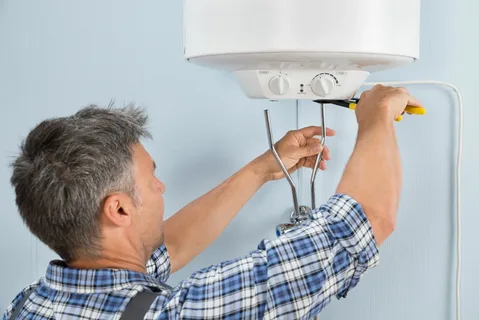Embarking on the journey of understanding ablution block containers opens the door to a world where simplicity meets functionality. These specialized containers are designed to provide convenient and efficient facilities for personal hygiene, making them a vital solution in various settings.
Whether you’re at a construction site, outdoor event, or remote location, a beginner’s guide to ablution block containers unveils the essentials of these portable facilities.
Table of Contents
Types of Ablution Block Containers
Several types of ablution block containers are available to cater to various requirements and preferences. These containers are designed to provide sanitary facilities in remote locations, construction sites, events, or areas lacking proper plumbing infrastructure.
Portable Ablution Containers
Portable ablution containers are like mobile bathrooms that can be easily moved from one place to another. They are designed to provide a quick and convenient solution for sanitation needs in different locations.
These containers are typically compact and equipped with toilets, showers, and sinks, all neatly packed into one unit. Their portability makes them ideal for events like fairs, festivals, or construction sites where temporary but efficient bathroom facilities are required.
Modular Ablution Containers
Modular ablution containers are a versatile and customizable solution for sanitation needs. Unlike fixed structures, these containers are built with a modular design, allowing them to be assembled and configured in various ways. They can be used for both temporary events and as permanent facilities.
Key Components and Features
Here are some of the key components and features of ablution block containers:
Sanitary Facilities
In an ablution block container, sanitary facilities are the essential elements that ensure cleanliness and personal hygiene. These include toilets, showers, and sinks.
Toilets, in particular, provide a place for individuals to relieve themselves, showers offer a means for bathing, and sinks facilitate handwashing. The design of these facilities aims to provide users with a comfortable and private space for their sanitation needs. In modern ablution containers, these facilities are often compactly integrated to maximize space while maintaining functionality.
Plumbing and Waste Management
Plumbing and waste management systems in ablution block containers handle water flow and waste disposal. The plumbing ensures a proper water supply for toilets, showers, and sinks.
On the other hand, waste management includes efficiently collecting and disposing of sewage and greywater. These systems are crucial for maintaining cleanliness and preventing environmental contamination.
Ventilation and Climate Control
Ventilation systems ensure fresh air circulation, preventing a stuffy or unpleasant environment. Meanwhile, proper climate control helps maintain a comfortable temperature within the container, especially in extreme weather conditions. These features are essential for user satisfaction, ensuring the ablution block remains a pleasant and functional space.
Benefits of Ablution Block Containers
Ablution block containers offer numerous benefits, making them a practical solution for providing sanitary facilities in various settings. Here are some key benefits of ablution block containers:
Adaptability and Mobility
These containers are like moveable bathrooms, making them versatile for various situations. Whether it’s a construction site, a temporary event, or a changing environment, these containers can be easily transported and set up where needed.
Their adaptability ensures that sanitation facilities can be conveniently placed in dynamic or remote locations, providing essential amenities where traditional bathrooms may be impractical.
Rapid Deployment at a Low Cost
Traditional bathroom construction can be time-consuming and expensive, but these containers provide a quick and efficient alternative. Setting up these containers is straightforward, reducing the time required to establish functional sanitation facilities.
Additionally, the cost of deploying ablution block containers is often lower than constructing permanent bathrooms. This makes them an economical solution for temporary needs, such as events or construction projects, where a rapid and budget-friendly deployment of sanitation facilities is crucial.
Considerations Regarding the Environment
Many modern containers are designed with considerations for sustainability and eco-friendliness. Some features include water-saving mechanisms, energy-efficient systems, and using recyclable materials in construction. These considerations help minimize the environmental impact of sanitation facilities.
Adapt the Versatility of Ablution Blocks
In essence, adopting the versatility of ablution blocks is not just about meeting immediate needs but also about embracing a flexible, efficient, and environmentally conscious way of providing essential facilities. As you navigate changing landscapes and evolving requirements, these adaptable solutions stand as a testament to innovation in meeting the crucial demand for sanitation in various settings.





